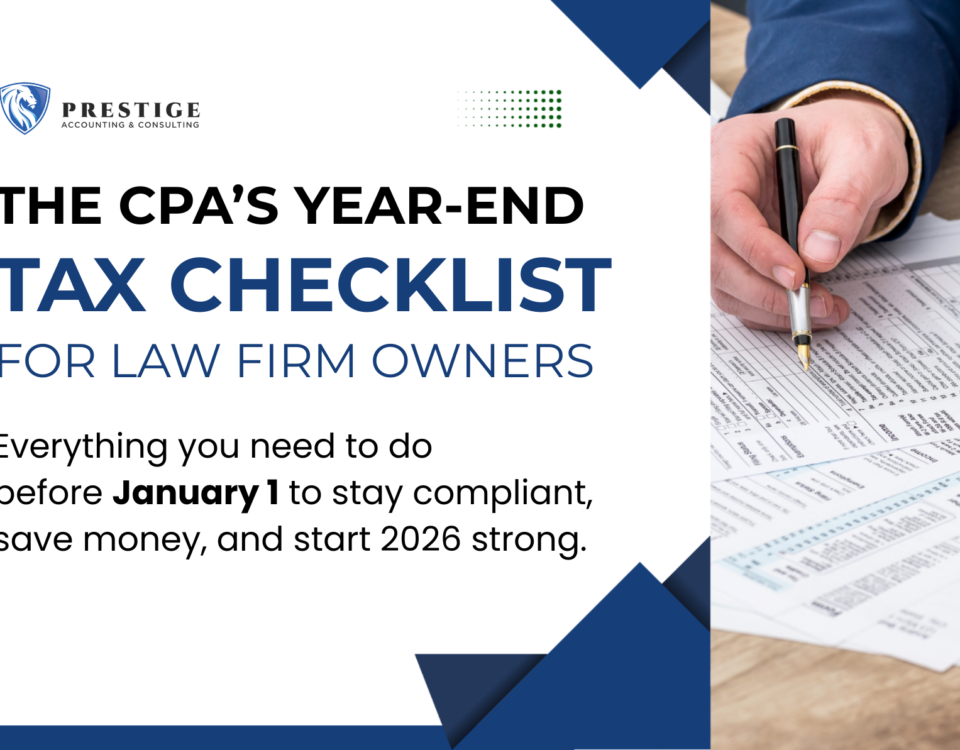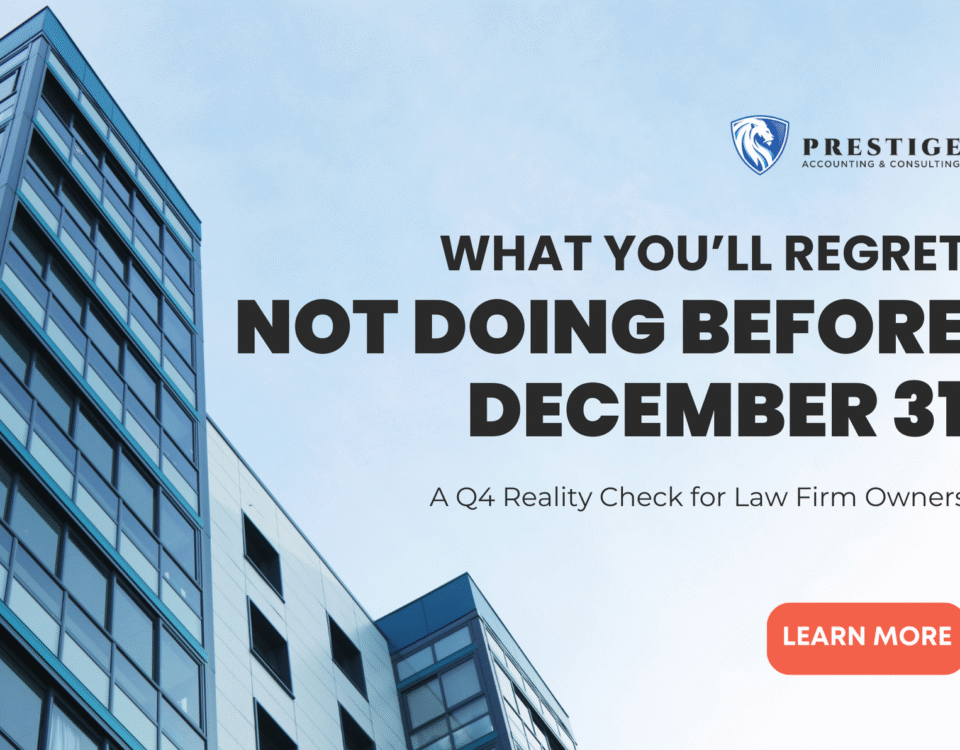
How to Tell If Your Firm Has a Profit Problem
August 7, 2025
How to Build a Financial Dashboard Your Team Can Actually Use
August 14, 2025Are You Charging Enough? Signs Your Pricing Needs a Strategy
Let’s start with the uncomfortable truth:
If you haven’t raised your rates in the last 2–3 years, you’re probably undercharging.
Most lawyers set their pricing early in their career, based on what competitors charge or what they think clients will pay. But pricing isn’t just about affordability—it’s about sustainability, positioning, and profitability.
Underpricing doesn’t just cost you money. It attracts the wrong clients, stalls your growth, and erodes your perceived value.
Let’s talk about the real signs your pricing needs a strategy—and how to fix it before it impacts your bottom line.
1. You’re Always Busy, But Never Ahead
If your caseload is full but your profit margins are razor thin, your rate structure is likely outdated.
Busy ≠ profitable.
If you’re maxed out on time and still worried about payroll or your own salary, it’s time to evaluate your pricing—not your work ethic.
2. You’re Saying “Yes” to Too Many Low-Value Cases
You feel obligated to take on low-paying cases because you “need the revenue.” But that revenue may be blocking higher-value work—or draining your team’s capacity.
Red flag: You’re serving everyone… and thriving with no one.
Underpricing attracts budget shoppers—not loyal clients. It also leaves no margin for intake support, technology upgrades, or a better client experience.
3. You Haven’t Calculated Your Cost Per Case
If you don’t know how much it actually costs to deliver a service—from intake to close—you’re operating blind.
Your flat fees might be based on “what others charge” or “what sounds fair” instead of:
- Staff time
- Filing fees
- Technology overhead
- Opportunity cost
Your cost per case must guide your pricing—otherwise, you’re subsidizing your own client work.
4. You Feel Resentful (or Burned Out) When Clients Push Back
If client requests feel exhausting, or you hesitate to go the extra mile, it could be a sign you’re not charging enough to feel good about your time.
Resentment doesn’t always mean bad clients. Sometimes it means your pricing doesn’t reflect the true value of what you’re delivering.
5. You Haven’t Adjusted for Inflation, Growth, or Niche Positioning
Inflation affects you too—not just grocery stores.
So do your credentials, outcomes, and niche experience. If you’re still charging what you did before:
- You added team members
- You implemented better systems
- You got licensed in multiple states
- You built strong referral pipelines
Then you’re holding your business back from earning what it’s worth.
6. You Discount or Waive Fees Often (Without a System)
If you’re constantly “rounding down” or skipping charges to keep clients happy, it’s a sign of pricing insecurity.
Worse, it sets a precedent: clients expect you to be negotiable—and they refer friends who expect the same.
A smart pricing strategy includes clear scope, tiered service levels, and boundaries—not emotional decisions on the fly.
So… How Do You Fix It?
Here’s what a strategic pricing model looks like:
 It’s based on data
It’s based on data
Use time tracking, cost per case analysis, and average client lifetime value to set rates with intention.
 It’s tiered
It’s tiered
Create pricing levels based on complexity, urgency, or service type. Not every client needs your highest-tier offer.
 It reflects your positioning
It reflects your positioning
Are you the “affordable local option” or the premium expert for high-stakes matters? Price communicates this before you ever speak.
 It includes margin
It includes margin
Profit isn’t greedy—it’s necessary. Your pricing should cover:
- Owner salary
- Staff wages
- Overhead
- Taxes
- Profit reserves
If it doesn’t, you’re building a fragile business.
How to Raise Rates (Without Losing Good Clients)
It’s possible to raise prices and retain trust—if you do it the right way.
Start with:
- New clients: Implement updated pricing now.
- Existing clients: Give notice, offer value-focused reasoning, and consider grandfathering for long-term relationships.
- Scope clarity: Make sure your engagement letters are airtight—this reduces resistance and pushback.
Raising rates isn’t just about getting paid more. It’s about running a practice that supports your life, your team, and your long-term vision.
Need Help Running the Numbers?
At Prestige Accounting and Consulting, we help attorneys like you:
- Analyze case profitability
- Calculate margin needs
- Set pricing based on actual costs—not guesswork
- Build rate structures that support both growth and sustainability
You deserve to be paid well for excellent legal work. Let’s make sure your numbers reflect that.






